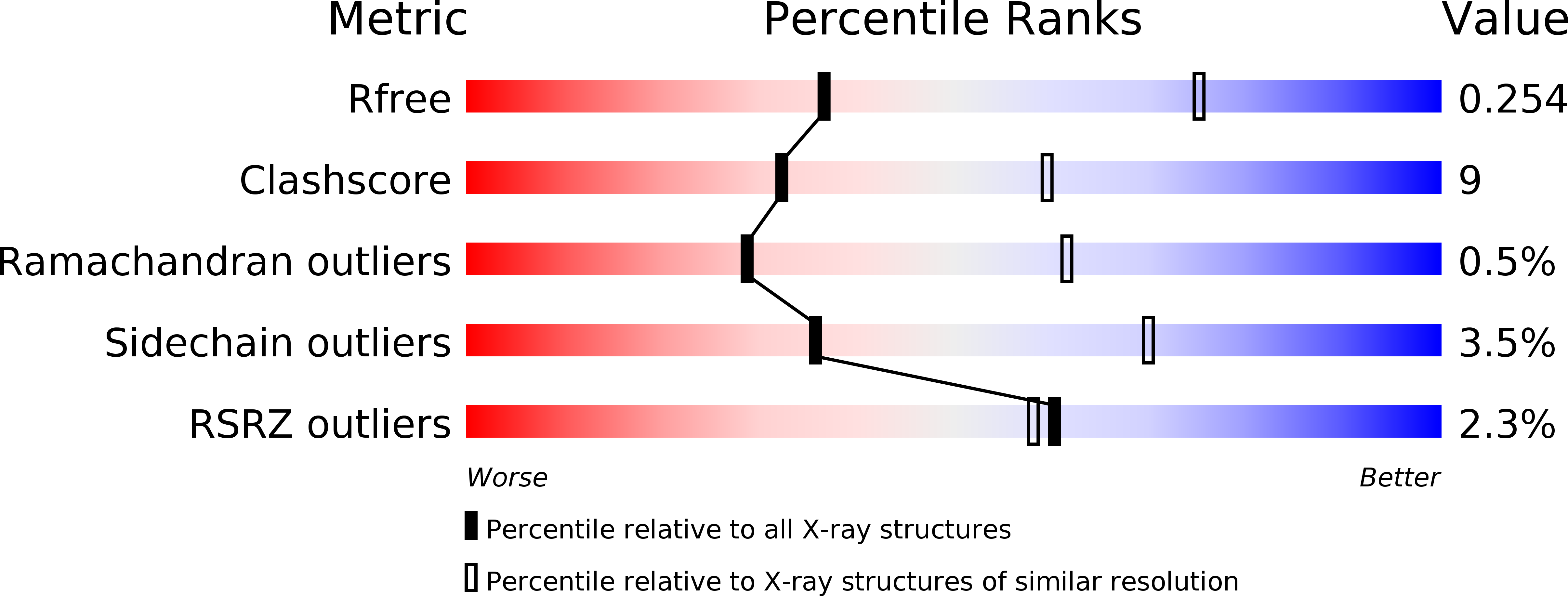
Deposition Date
2005-04-18
Release Date
2005-08-10
Last Version Date
2023-12-13
Entry Detail
PDB ID:
2BP7
Keywords:
Title:
New crystal form of the Pseudomonas putida branched-chain dehydrogenase (E1)
Biological Source:
Source Organism:
PSEUDOMONAS PUTIDA (Taxon ID: 303)
Host Organism:
Method Details:
Experimental Method:
Resolution:
2.90 Å
R-Value Free:
0.25
R-Value Work:
0.22
R-Value Observed:
0.22
Space Group:
P 61 2 2


